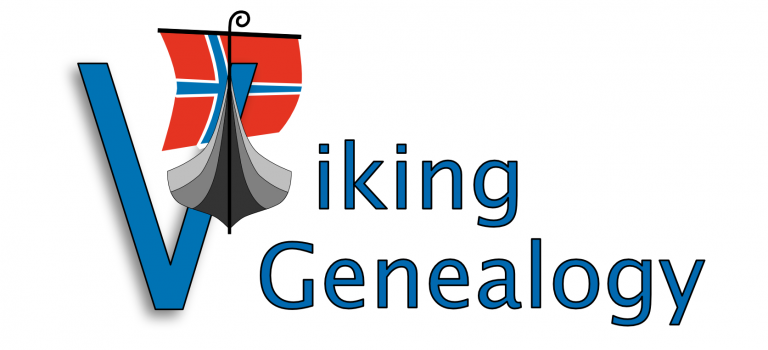
Norwegian Genealogy
Going Clubbing
Scandinavian immigrants typically belonged to a village hall or other organization back in the old country, and they brought this tradition to America, too. These new social clubs included the Sons of Norway, the Danish Brotherhood, and the Swedish Vasa Order.
Going to Church in the US
Scandinavian church records in the US can jump-start your research. When they settled in the US, Scandinavian immigrants founded churches and other religious institutions—mostly but not entirely Lutheran….
Typing Scandinavian Letters
How do you type those unfamiliar Scandinavian characters in search boxes online or in your genealogy software? Here’s a quick guide.
Meet the “Sloopers”
How the first large group of Norwegian immigrants came. Much as in other countries, religious freedom sparked the first major wave of Scandinavian immigration to America after the Revolution—although economic opportunity and hardship back home soon became more important factors.
Finding Emigrants from Norway
Plenty of resources can help you trace ancestors’ journeys. Norway’s emigration records are skimpy prior to 1867, when the police began keeping these files, which are mostly available on FHL microfilm. Most Norwegian emigrants in the peak years of “America fever” left from the ports of Oslo (Kristiana), Bergen, Trondheim, and Stavanger. Passenger lists for major Norwegian ports, as well as many other emigration-related records, such as passports, can be searched using the National Archives of Norway’s Digitalarkivet site.
Yesterday’s News Can Help Find Your Family
Old newspapers published in America and back in Scandinavia can yield clues about your Danish, Swedish, and Norwegian ancestors. And there’s no need to squint at or scroll microfilm, as more of these sources are going online.
Scandinavians in the Civil War
The only non-English-speaking Union regiment in the Civil War, the 15th Wisconsin Volunteers, was formed by Scandinavian immigrants. It was organized and commanded by Norwegian Hans Christian Heg from Muskego, and included both Norwegians and Swedes.
Understanding the Alphabets
What’s with those funny letters? All written Scandinavian languages employ extra letters beyond the 26 of our alphabet.


